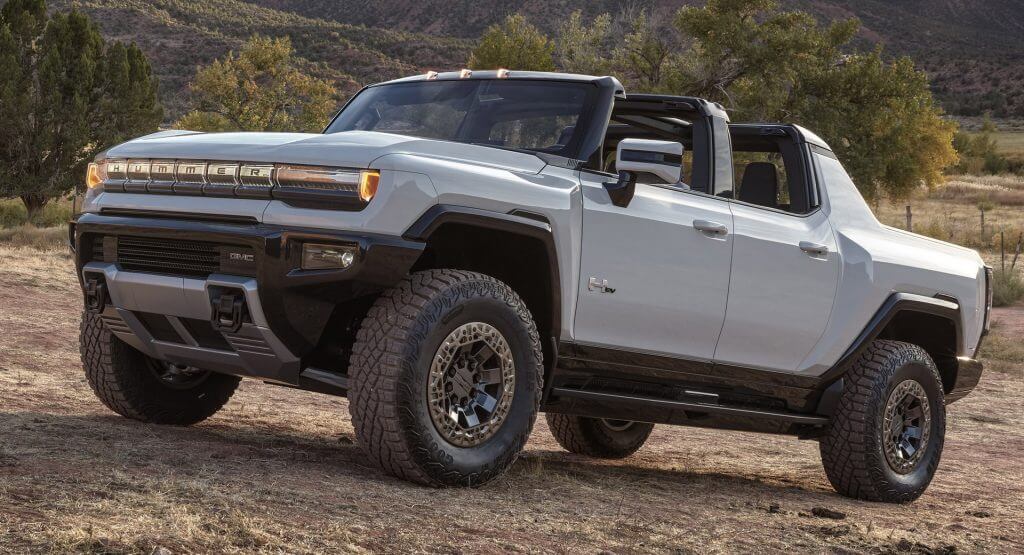Electric vehicles (EVs) have taken the world by storm, offering eco-friendly driving, sleek designs, and impressive acceleration. But while they shine on highways and city streets, taking an EV off-road is a gamble you might regret. Here’s why off-roading and EVs don’t mix as well as you’d hope.

1. Battery Range Takes a Hit
Off-roading is demanding—think steep inclines, muddy trails, and rocky terrain. These conditions force an EV’s electric motors to work overtime, draining the battery much faster than a cruise down the interstate. Unlike gas-powered rigs with a quick refuel option, you can’t just carry a spare battery pack in your trunk. If you’re miles from a charging station (and let’s face it, the wilderness isn’t exactly littered with them), a dead battery means you’re stuck. Range anxiety is real, and off-roading amplifies it.
2. Charging Infrastructure Is Nonexistent Off the Grid
Speaking of charging, good luck finding a plug in the middle of a forest or desert. Gas-powered off-roaders can haul extra fuel cans, but EVs rely on a fixed infrastructure that doesn’t extend to remote trails. Portable solar chargers or generators sound cool in theory, but they’re slow, bulky, and impractical when you’re caked in mud and racing daylight. Off-roading is about freedom—tying yourself to rare charging spots kills the vibe.
3. Delicate Underbelly Meets Rough Terrain
EVs often have low-slung battery packs mounted beneath the chassis to keep the center of gravity stable. That’s great for handling on pavement, but off-road, it’s a liability. Rocks, roots, and ruts can bash or puncture the battery casing, leading to costly repairs—or worse, a fire hazard. Most EVs lack the ground clearance and skid plates of purpose-built off-roaders like a Jeep Wrangler or Toyota Land Cruiser. You’re rolling the dice every time you hit a bump.

4. Water and EVs: A Risky Combo
Off-roading often involves water—creek crossings, puddles, or sudden rain. While some EVs boast decent water-wading capabilities (Tesla’s “Cybertruck” claims it can handle shallow water), most aren’t designed for it. Submerging critical electrical components or shorting out a battery pack isn’t just a breakdown—it’s a potential disaster. Gas engines might cough through a splash, but EVs are less forgiving when wet.
5. Limited Tire and Traction Options
Off-road success depends heavily on specialized tires—knobby, durable, and grippy. Many EVs come with road-focused, low-rolling-resistance tires to maximize efficiency and range. Swapping them for off-road rubber helps, but it cuts into the efficiency EVs are built for, and the extra weight of rugged tires strains the battery further. Plus, EVs’ instant torque is a double-edged sword: it’s great for quick bursts, but without a low-range gearbox like traditional 4x4s, you’re more likely to spin out in loose dirt or sand.
6. Repair Challenges in the Wild
Break an axle or blow a tire off-road in a gas vehicle?
You might limp back with some ingenuity and a basic toolkit. EVs, with their complex electronics and proprietary systems, aren’t as DIY-friendly. A damaged motor, sensor, or battery pack often requires specialized tools and parts—stuff you won’t find at a trailhead. Towing an EV out of a remote spot is also trickier, as flatbeds aren’t always equipped to handle their weight or low clearance.

The Exception: Purpose-Built EVs
Okay, there’s a caveat. Some EVs, like the Rivian R1T or the upcoming Hummer EV, are engineered with off-road chops—high clearance, rugged tires, and beefy suspensions. But they’re outliers, not the norm. Even then, range and charging limitations still apply. Unless you’ve got one of these rare beasts, your average Tesla Model Y or Nissan Leaf isn’t cut out for the backcountry.
Tip: NEVER GO OFF-ROADING ALONE. Always have someone else with you should you get stuck, need assistance or general help with a break down.
Stick to What EVs Do Best
Electric vehicles are awesome—for the right job. They’re quiet, efficient, and perfect for urban adventures or long paved trips with charging stops. Off-roading, though? That’s still the domain of gas-guzzling, high-clearance brutes built to take a beating. If you’re itching to hit the trails, save yourself the headache (and tow bill) and leave the EV in the garage.


No responses yet